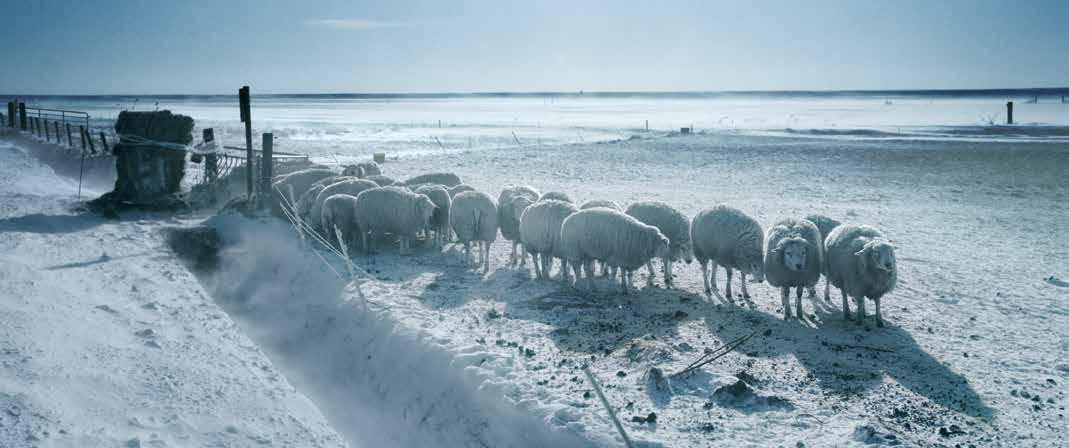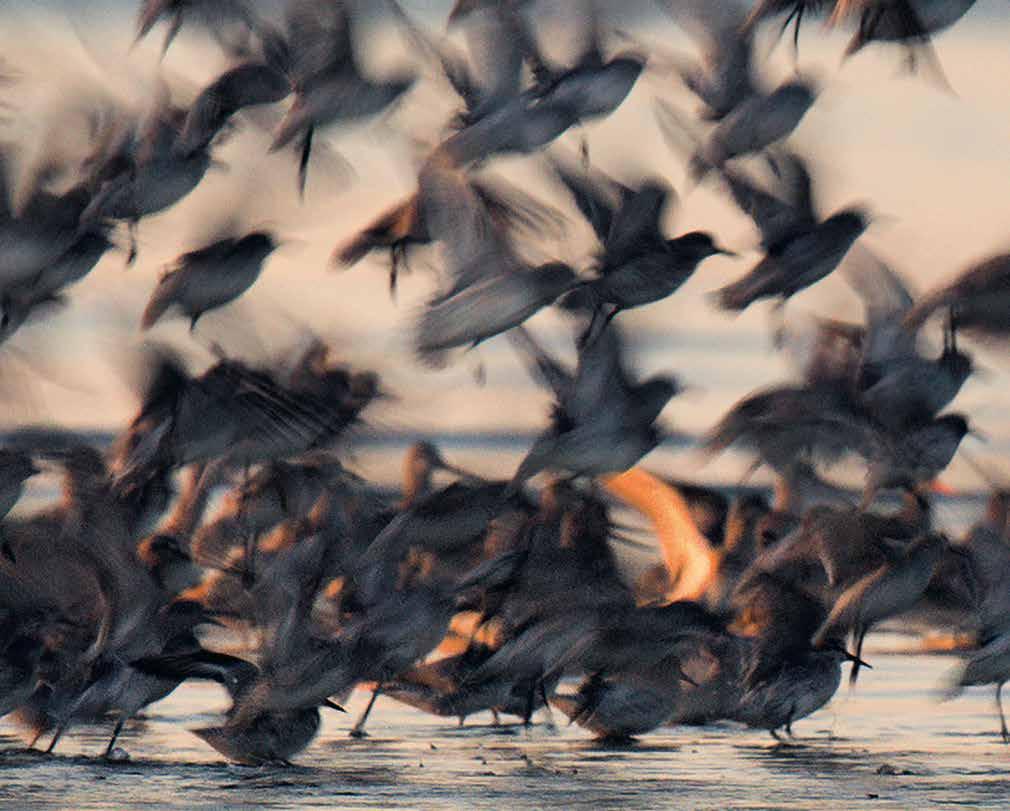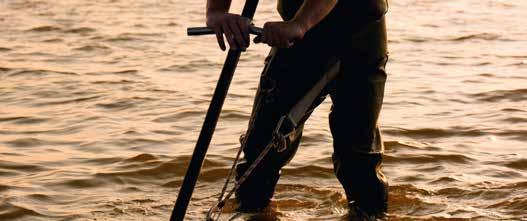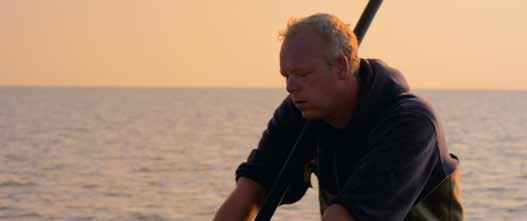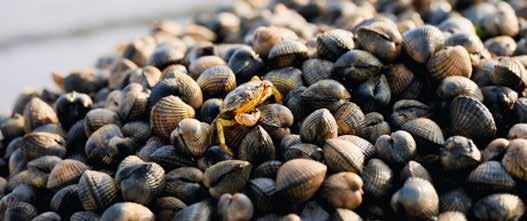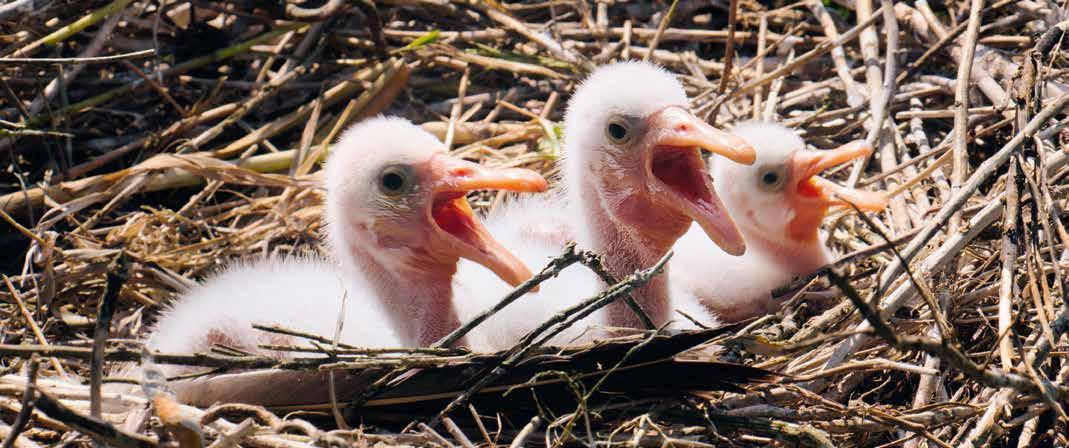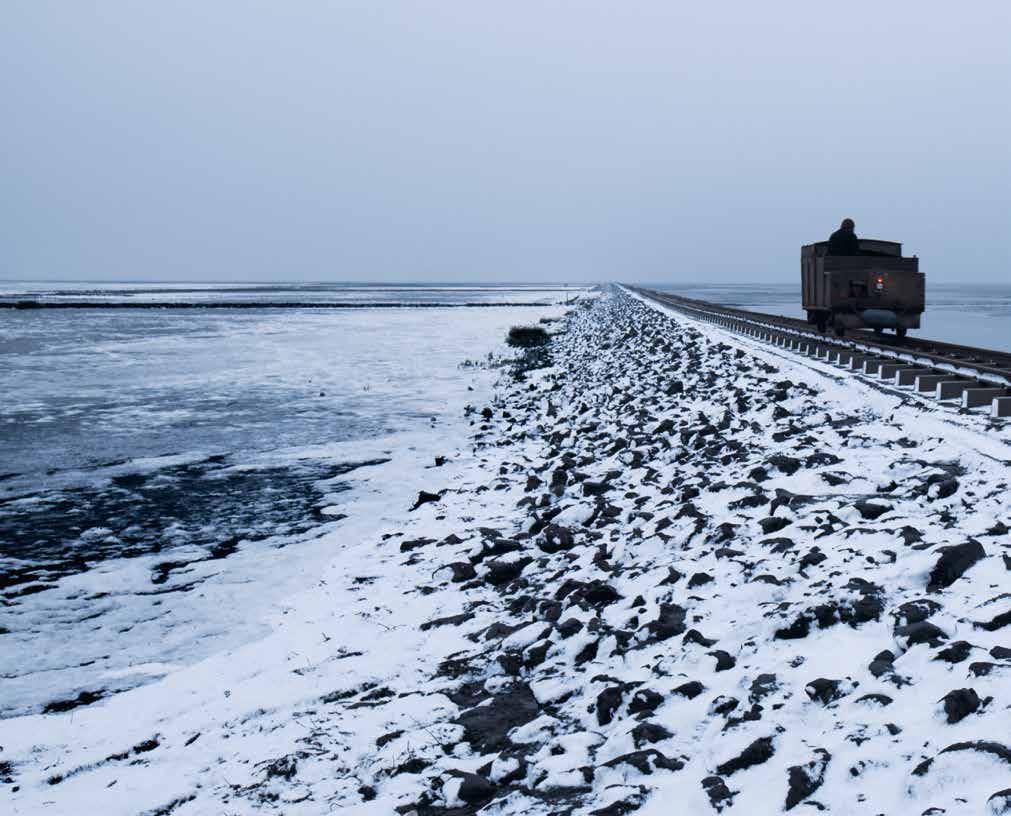silence of the tides
pieter-rim de kroon
© 2020 Uitgeverij TERRA
TERRA is part of Uitgeverij TerraLannoo bv P.O. Box 23202
1100 DS Amsterdam
info@terralannoo.nl www.terra-publishing.com
terrapublishing terrapublishing
Stills distilled from the film Silence of the Tides
Director of Photography Dick Harrewijn
Additional photography: Pieter-Rim de Kroon
Graphic design: Erik Rikkelman
Text: Michiel Beishuizen, Pieter-Rim de Kroon
Text editing: Lisa te Velde
Translation: Kantoor Verschoor Boekmakers
English: Angie Sullivan
German: Linda Gräfe
Danish: Marit Kramer Scandinavische vertalingen
Lithography: DPS design & prepress studio
First print, 2020
9789089898371 NUR 653
All rights reserved. No part of this publication may be reproduced and/or made public by means of printing, photocopying, microfilm or by any other means, without the prior written permission of the publisher. silence the tides
silence of the tides
Silence of the Tides, the film as well as this book, is a declaration of my love of the Wadden Sea. love the Wadden Sea unconditionally, I’ve done so for a long time and that love will never diminish. When was a little boy, my parents used to take me on holiday to the Dutch Wadden island of Terschelling, and that’s where it all started. At low tide, we would walk for hours across the soggy silt of the mudflats, hunting for crabs, cockles and lugworms. On some days, we would put out a fishing line between two wooden pegs, and we would wait until high tide had receded to see what we had caught. Sometimes we caught a few little fish, sometimes nothing, but the catch wasn’t that important; it was more about the thrill of the great Wadden adventure.
My fascination with this mysterious region is something retain and cherish. travelled there countless times throughout my life, latterly with my family, and for my work as a filmmaker. Time after time, delighted in the tidal flow, the vast surrealistic landscape with its contrasting shades of colour, the clouds scudding across the immense firmament, the constantly changing light, the level horizon, the diversity of flora and fauna, the raging storms, the ‘silent’ murmuring and the exhilarating scent of salt, sea and rotten egg rising from the silt.
The thing about this region always find the most moving is the magical connection the Wadden has with the movement and force fields of the Cosmos. With the position of the Sun and Moon, and the magnetic influence on the tides. Indeed, ‘the Wad’ is an overwhelming, almost mystical experience for me.
silence of the tides
The film and the book
Then got the chance to make an international documentary about the Wadden Sea. It was a dream come true. It was also a major challenge, a struggle with form and content. What story is a filmmaker to tell his audience? How do you capture this unique World Heritage Site – encompassing almost 15,000 km2 stretching from the Netherlands to Denmark − in image and sound? How do you portray this stunning piece of nature? How do you portray the people living and working on the Wadden islands? How do you dispense the multitude of information and interesting facts? How do you raise the issue of the positive and negative human influences on the area? What is the soul of the film? All questions with no easy answers.
At a fairly early stage, came to the conclusion that the filmmaker in me had to start thinking, watching and listening outside of my comfort zone. wanted to make an emotionally charged, lyrical film: no interviews or pedantic commentary.
It soon became clear to me that the great magic of the Wadden region lies in the tidal flow, which I regard as a living breathing entity. High tide, low tide, inhale, exhale.
wanted to portray the Wadden Sea as an immense, living breathing ecosystem with its own frequency, rhythm and primal force. And its inherent vulnerability. I also wanted to emphasize the fragile relationship between the Wadden and humankind, without being pedantic or turning into an activist. After much deliberation, a loose script was created, which was no more than a guideline. The storyline continued to unfold during shooting. Silence of the Tides led me to develop my own observation skills and eye for detail, both visual and auditory. This resulted in the visually distinctive cinematographic style of the film.
After filming with a fantastic crew for over two years − often at virtually inaccessible Wadden locations, in harsh or even treacherous conditions, at ungodly hours − we ended up with an overwhelming amount of images and sound at our disposal. We had to sift through the lot and it was full of surprises. Gradually the storyline was reinvented in the editing. Sadly, during this delicate process, we had to chuck a lot of excellent material in the bin. Nevertheless, after months of work and many versions later, the mesmerizing cinematic film Silence of the Tides suddenly emerged. The footage had taken on a new weight and significance. A film story − the magic of cinema.
When we viewed the film for the first time on a massive screen − in Cinemascope format and Dolby Atmos 3D audio − we experienced the photographic eloquence and the visual impact of the enormous shots, which led to the idea for the book. A book that would ‘read’ like a film.
Silence of the Tides is 102 minutes long, 24 frames per second, amounting to 146,880 film frames. I picked the best and most powerful ‘frames’. The result is a visual story on paper, in which the images lay claim to their own strength and sequence.
Every time I look at it, I experience the magic of the Wadden.
